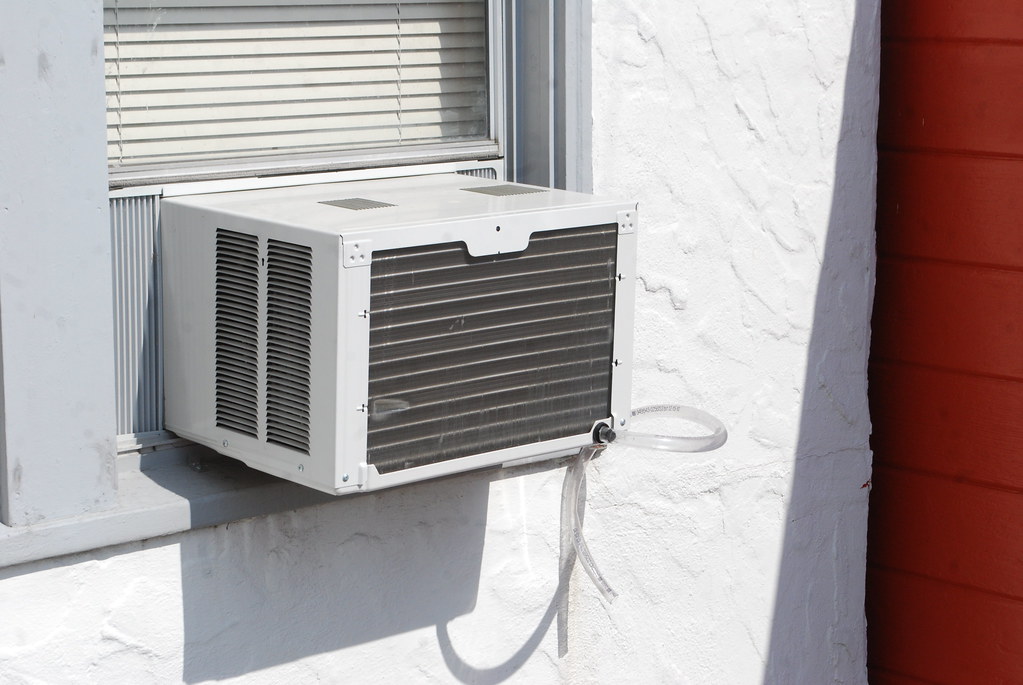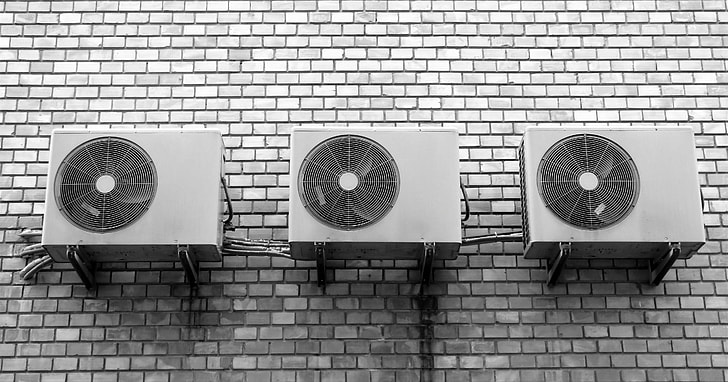Air conditioning is no longer a luxury but a necessity, especially in regions with sweltering heat. Choosing the right air conditioner for your home can be confusing, particularly when deciding between a split AC vs window AC. Both have their advantages and disadvantages, which we will explore in detail to help you make an informed decision. In this article, we’ll dive into their features, performance, installation, and cost to determine which air conditioner is best for your home.
What is a Split AC?
A split air conditioner consists of two main components: the indoor unit and the outdoor unit. The indoor unit is responsible for cooling the room, while the outdoor unit, which is placed outside the house, expels the heat absorbed. In fact, split ACs are designed to provide quiet, efficient cooling without compromising on style.
Key Features of a Split AC
- Quiet Operation: Since the compressor is located outside, split ACs are usually quieter. This feature makes them ideal for bedrooms or living areas.
- Aesthetic Appeal: The sleek design of the indoor unit blends seamlessly into modern interiors. Moreover, they are mounted high on walls, saving floor space.
- Multiple Indoor Units: One outdoor unit can be connected to several indoor units, allowing multi-room cooling.
What is a Window AC?
On the other hand, a window air conditioner is a single unit that fits into a window or a specially designed wall opening. It combines all components, such as the compressor, condenser, and evaporator, into one compact system.
Key Features of a Window AC
- Compact Design: Window ACs are self-contained and easier to install. Moreover, they take up minimal space since they are installed within a window frame.
- Easy Installation: Unlike split ACs, window ACs do not require complex installation. In fact, they can be easily mounted in a window without professional help.
- Cost-Effective: Window ACs are generally cheaper, both in terms of purchase and installation costs. As a result, they are often the go-to choice for people on a budget.
Performance: Split AC vs Window AC
Performance is a crucial factor when deciding between a split AC vs window AC. Each has its strengths and weaknesses.
Split AC Performance
A split AC provides more consistent and powerful cooling. Not only does it offer better airflow distribution, but it also cools larger spaces more effectively. Furthermore, split ACs come with inverter technology, which adjusts cooling speed based on the room’s temperature, leading to energy savings. In addition to efficient cooling, split ACs usually have additional features like air purification and dehumidification, making them an excellent choice for those who want more than just cooling.
Window AC Performance
Window ACs, while effective for cooling smaller spaces, are not as powerful as split units when it comes to larger areas. However, they still get the job done. For instance, a window AC can efficiently cool a single room, making it suitable for bedrooms, offices, or small apartments. Additionally, window ACs are known for their durability and low maintenance, which is a plus for users seeking minimal upkeep.
Installation: Split AC vs Window AC
One of the biggest differences between a split AC vs window AC is in the installation process.
Split AC Installation
The installation of a split AC is more complex and often requires professional help. The indoor and outdoor units must be mounted, and piping and wiring need to be connected. As a result, installation costs for split ACs are typically higher. Moreover, installing a split AC may require some structural changes to your home. In the same way, regular maintenance and servicing of a split AC should be performed by professionals.
Window AC Installation

In contrast, window ACs are much easier to install. They fit neatly into a window, and the installation process can often be completed without the need for professionals. This makes window ACs more appealing to those looking for quick and simple setup. In fact, you can even relocate a window AC with relative ease compared to a split AC.
Energy Efficiency: Split AC vs Window AC
Energy efficiency is another critical factor in deciding which air conditioner is best for your home.
Split AC Energy Efficiency
Split ACs, particularly inverter models, are highly energy-efficient. The inverter technology regulates the compressor speed, reducing power consumption when the desired temperature is achieved. As a result, a split AC can save you significantly on your electricity bills over time. Furthermore, many split ACs come with higher energy star ratings, which means they are designed to consume less power.
Window AC Energy Efficiency
While window ACs are generally less energy-efficient than split ACs, they still offer reasonable efficiency for small spaces. However, they are less likely to feature inverter technology, which means they consume more electricity during extended operation. Moreover, window ACs are typically noisier, which could be a drawback in noise-sensitive environments like bedrooms.
Cost: Split AC vs Window AC
Cost is often a deciding factor for many homeowners when choosing an air conditioner.
Split AC Costs
Split ACs are generally more expensive than window ACs. The cost includes not only the unit itself but also the installation, which can be quite expensive. Furthermore, split ACs require regular servicing, which adds to the long-term costs. However, considering their energy efficiency and additional features, they might be worth the investment in the long run.
Window AC Costs
On the other hand, window ACs are cheaper in terms of both initial cost and installation. This makes them a budget-friendly option for many homeowners. In addition to the low cost, window ACs require less frequent servicing. Consequently, they are a great choice for those looking to save both upfront and in maintenance costs.
Pros and Cons: Split AC vs Window AC
To make it easier, let’s summarize the pros and cons of both types of air conditioners.
Pros of Split AC:
- Quieter operation
- Better airflow and cooling for large rooms
- Inverter technology for energy efficiency
- Aesthetic design and flexibility in room placement
Cons of Split AC:
- Higher initial and installation costs
- Complex installation process
- Requires professional maintenance
Pros of Window AC:
- Lower purchase and installation cost
- Easy to install and maintain
- Ideal for small rooms and compact spaces
Cons of Window AC:
- Noisy operation
- Less efficient for large spaces
- Less energy-efficient without inverter technology

Conclusion: Which Air Conditioner is Best for Your Home?
When it comes to split AC vs window AC, the choice ultimately depends on your specific needs, budget, and the size of your space. If you are looking for powerful cooling, energy efficiency, and aesthetic appeal, a split AC is likely your best bet. However, if you need a budget-friendly solution for a smaller room, a window AC might be the way to go.
Both types of air conditioners have their advantages and drawbacks. Consequently, the decision should be based on what you value most—whether it’s ease of installation, cost, or long-term efficiency.
In summary, understanding the key differences between split AC vs window AC will help you choose the air conditioner that perfectly suits your home.